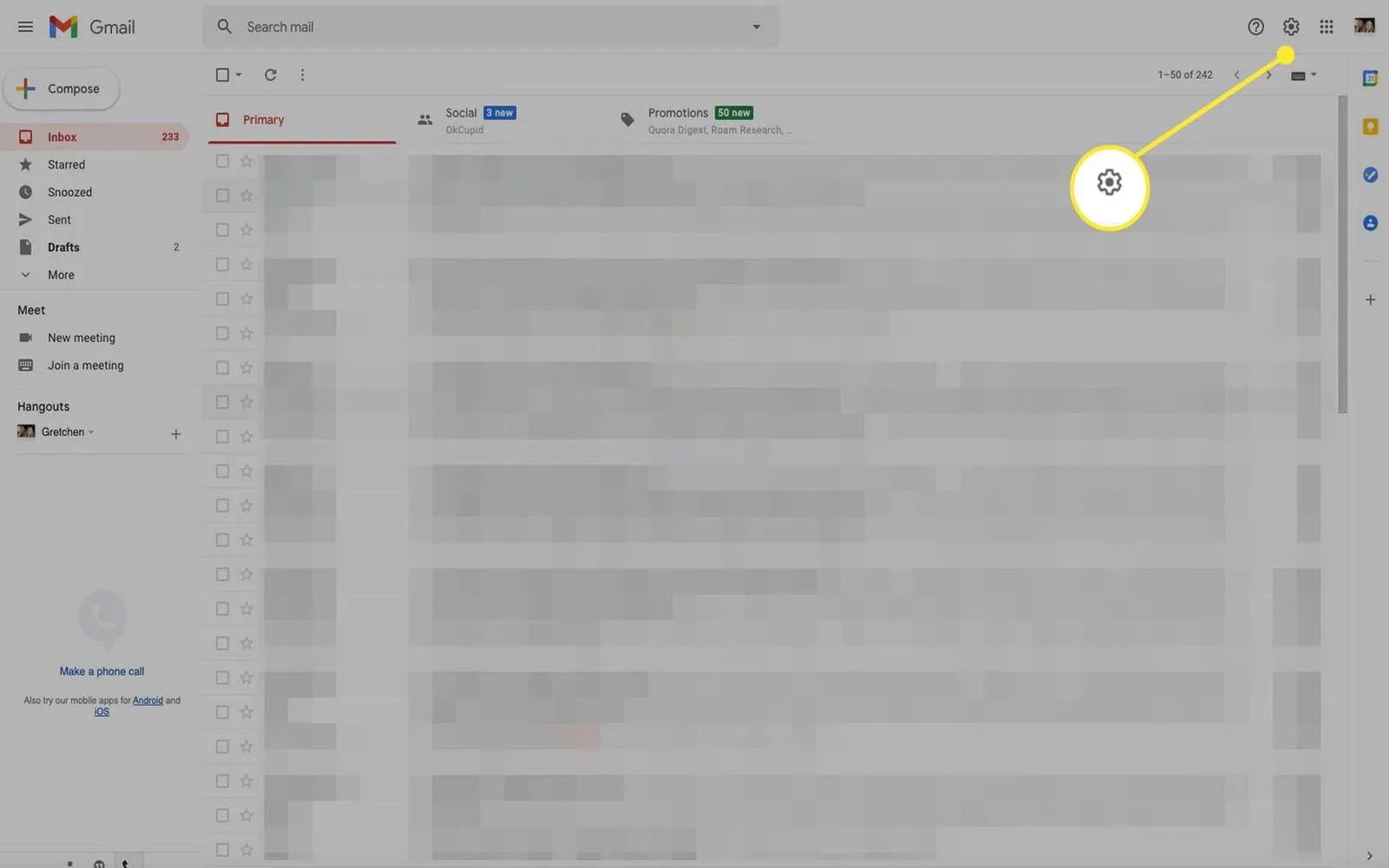Adding Google Analytics to your WordPress site is essential for tracking your website's performance and understanding your audience. This comprehensive guide will walk you through the steps to integrate Google Analytics effectively, ensuring you capture valuable data to enhance your website's performance. We'll also touch upon how tools like referrerAdCreative can help optimize your ad campaigns by analyzing traffic sources.
Step 1: Create a Google Analytics Account
To get started, you need to set up a Google Analytics account. Follow these steps:
- Visit the Google Analytics website.
- Sign in with your Google account or create one if you don’t have it yet.
- Click on the "Start measuring" button.
- Fill in the required information about your account and property (your website) and click "Next."
Step 2: Get Your Tracking ID
Once your property is created, you will receive a Tracking ID. This ID is crucial for connecting Google Analytics to your WordPress site. Here’s how to find it:
- In your Google Analytics account, select the property you just created.
- Click on "Admin" at the bottom left corner.
- Under the "Property" column, click on "Tracking Info" and then "Tracking Code."
- Your Tracking ID will be displayed at the top of the page, formatted like UA-XXXXX-Y.
Step 3: Install a Google Analytics Plugin
Installing a plugin is one of the easiest ways to add Google Analytics to your WordPress site. Here are two popular options:
- MonsterInsights - This is a user-friendly plugin that simplifies the integration process.
- Site Kit by Google - This official plugin from Google allows you to connect multiple Google services, including Analytics.
Step 4: Configure the Plugin
After installing your chosen plugin, follow these steps:
- Navigate to the plugin settings in your WordPress dashboard.
- Connect the plugin to your Google Analytics account by following the on-screen instructions.
- Once connected, enter your Tracking ID if required.
- Configure additional settings, such as enabling enhanced e-commerce tracking or excluding specific user roles from tracking.
Step 5: Verify the Setup
To ensure that Google Analytics is working correctly, you can verify your setup:
- Go back to your Google Analytics account.
- Click on "Real-Time" in the left sidebar.
- Visit your website in a separate tab. You should see your activity reflected in the Real-Time report.
Step 6: Use Google Tag Manager (Optional)
If you want more control over your tracking, consider using Google Tag Manager. Here's a brief overview:
- Create a Google Tag Manager account and container.
- Install the Tag Manager plugin on your WordPress site.
- Add your Tag Manager ID to the plugin settings.
- Create a new tag in Google Tag Manager for Google Analytics and publish the container.
Understanding Traffic Sources with ReferrerAdCreative
Once Google Analytics is set up, you can dive deeper into your traffic sources. This is where tools like referrerAdCreative come into play. They help you analyze which sources are driving traffic to your site and how effective your ads are. Here’s a simple chart to illustrate different traffic sources:
| Traffic Source | Percentage of Total Traffic | Conversion Rate |
|---|---|---|
| Direct Traffic | 30% | 5% |
| Organic Search | 40% | 8% |
| Referral Traffic | 15% | 3% |
| Social Media | 10% | 2% |
| Email Marketing | 5% | 7% |
By analyzing this data, you can optimize your campaigns, particularly those connected to referrerAdCreative, to focus on the most effective channels and improve your overall marketing strategy.
Conclusion
Integrating Google Analytics into your WordPress site is a crucial step in understanding your audience and enhancing your website's performance. By following the steps outlined above, you can easily set up Google Analytics and utilize tools like referrerAdCreative to analyze your traffic sources effectively. This insight will enable you to make informed decisions that can lead to improved user engagement and higher conversion rates.





